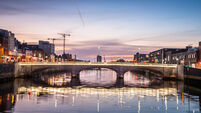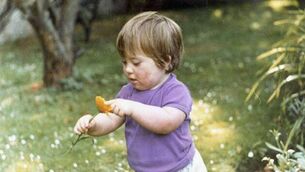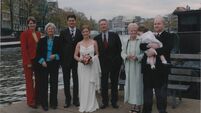Bogs can help stop flooding

Due to peat extraction, land reclamation and drainage, we now have justone per cent of the raised bogs we once had.
So, action is necessary to save what’s left and 12 special conservation area (SAC) bogs, mainly in the midlands, have been chosen for an EU-funded project.
Following the recent UN summit in Paris, groups such as the Environmental Pillar called on the government to restore wetlands, bogs, native woodlands and hedgerows, which can play an important role in preventing flooding and dealing with climate change.
Our bogs, if restored, could hold substantial volumes of water and contribute to flood relief.
Put simply, upland bogs could help slow down floodwater and ease the flooding risk, as well as holding carbon and protecting wildlife.
Raised bogs are extremely rare in global and European terms and our bogs contain the last functioning remnants of the great bogs that once covered much of the Midlands.
Sites picked for the latest project are different from the vast majority of Ireland’s raised bogs because they still have areas of active raised bog, where the conditions are right for peat to continue to form and where species of plants and animals typical to bogs can thrive.
These bogs also contain large tracts of degraded bog, which is the area of high, uncut bog which has been damaged by human activities but which could be transformed into active raised bog again through restoration.
In spite of opposition from turfcutters, governments have decided that a proportion of remaining raised bogs should be protected.
We signed up to this through the 1992 EU Habitats Directive which commits us to favourable conservation status for these and other endangered habitats.
If we don’t do this, there will be ongoing financial penalties. Our record in environmental protection is poor, which begs the question: would we have any natural environment remaining only for a EU watchdog?
Meanwhile, today is the 119th anniversary of a tragic bogslide near the Cork/Kerry border.
Eight members of the Donnelly family died after their home was inundated in the what became known as the Moving Bog Disaster, at Knocknageeha, Gneeveguilla, early on December 28, 1896.
One of the children, Katie, 13, was the sole survivor because she was staying with her grandmother, some miles away, that fateful night. A memorial marks the site of the Donnelly home.














